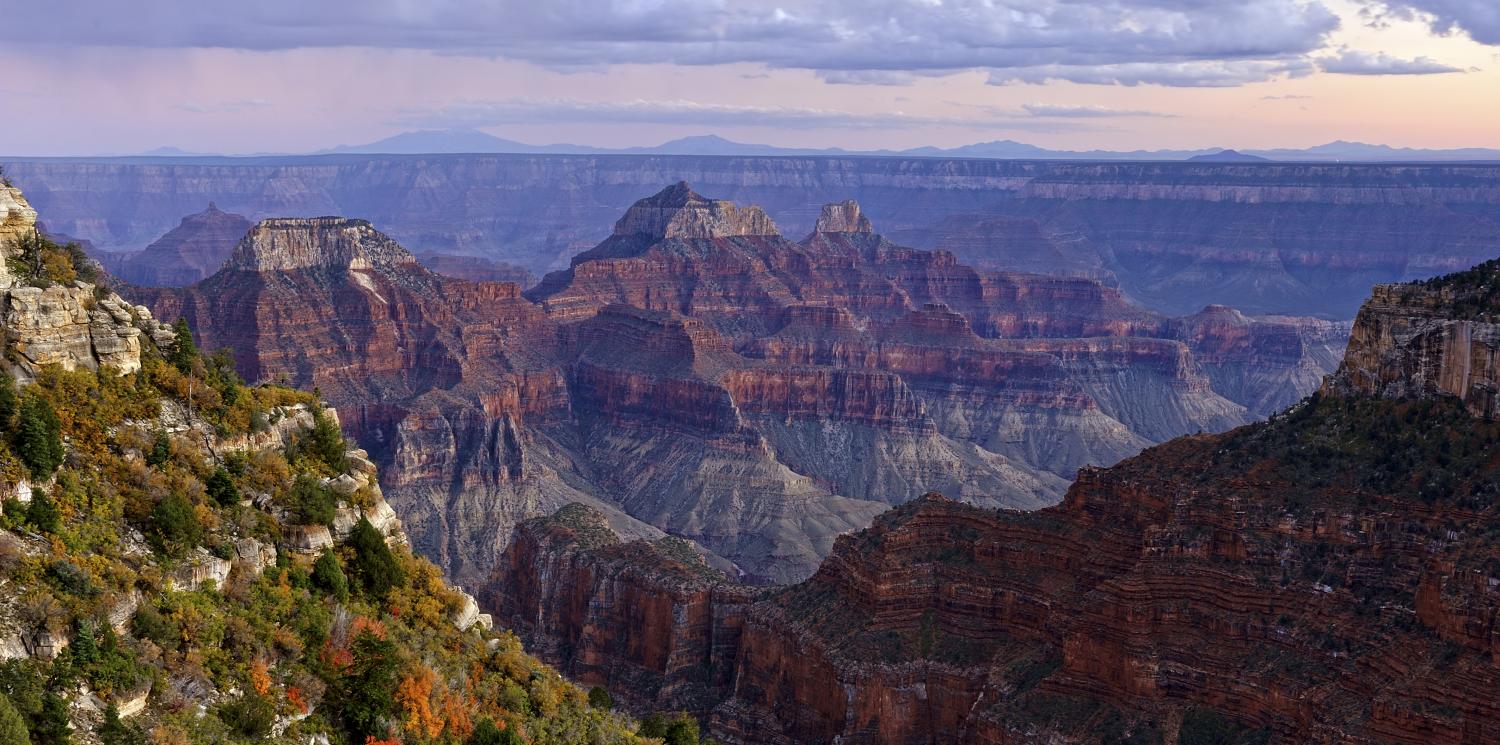
by Amber Reimondo, Energy Director
On June 7, 2022, the Grand Canyon Protection Act (Senate Bill 387) finally got a Senate subcommittee hearing. Arizona Senators Mark Kelly and Kyrsten Sinema introduced the Grand Canyon Protection Act in the Senate in 2021. The bill needed a hearing in order to advance through the Senate. The legislation would make a temporary ban on new uranium mines permanent, protecting about 1 million acres of federal public lands surrounding the Grand Canyon from mining. It has already passed the House.
Two senior U.S. government officials representing the U.S. departments of the Interior and Agriculture were witnesses at the hearing and voiced the administration’s support for the Grand Canyon Protection Act. The Havasupai Tribe and the Inter Tribal Association of Arizona also wrote to the subcommittee to express strong support for the bill by sovereign tribal governments.
Nada Culver, deputy director of policy and programs, represented the U.S. Bureau of Land Management, within the U.S. Department of the Interior. Christopher French, deputy chief of the National Forest System, represented the Forest Service, within the Department of Agriculture.
"The Grand Canyon is a majestic national treasure, drawing Americans from across the country to visit, and numerous Tribal Nations regard it as a sacred place," Culver acknowledged in her written testimony. "S. 387 puts in place protections for one of our nation’s most iconic natural and cultural resources and safeguards recreational opportunities for the benefit of current and future generations," Culver continued, adding that the Department of the Interior "strongly supports the bill."
"USDA supports the bill," French said in his written testimony. The Forest Service manages 355,874 acres of national forest within the Grand Canyon mining ban footprint, including 17 acres of the Kaibab National Forest where Canyon uranium mine [renamed Pinyon Plain Mine] currently operates. French went on to explain that, in the USDA's view, the Grand Canyon Protection Act would not affect current mining operations, like Canyon Mine, that have already established valid existing rights.
The bill would prevent new mining, but would not force Canyon Mine to close, despite long-standing opposition to the mine by the Havasupai Tribe. The Havasupai Tribe fears the mine, which has pierced groundwater, could contaminate the deep aquifer that feeds Grand Canyon seeps and springs and provides drinking water for the Havasupai people.
A decade-long legal effort to close and clean up Canyon Mine failed earlier this year, demonstrating just how important it is to stop new uranium mines before they start. The Grand Canyon Trust will continue to support the Havasupai Tribe in the face of threats posed by Canyon Mine.
Bill sponsor Sen. Mark Kelly, who sits on the subcommittee, spoke out strongly in support of permanent protection for the Grand Canyon.
"...uranium mining around the Grand Canyon is just a bad idea. It's as simple as that," Kelly said. "It presents an unacceptable level of risk to aquifers and springs inside the Grand Canyon National Park and it threatens the Havasupai Tribe, and they have lived in the Grand Canyon for more than 800 years," Kelly explained.
With uranium prices on the rise, Kelly addressed the risk that mining claims that having been lying dormant could turn into actual mines. As of 2020, there were over 600 active mining claims staked on federal public lands in the mining ban area. These claims could potentially become mines, if prices continue to climb, Kelly said.
"I understand the importance of a secure and reliable supply of uranium," Kelly continued, but emphasized that the mining ban area contains only "a small sliver of our uranium reserves."
Only 0.2 percent of identified uranium resource areas in the U.S. are located in the mining ban area.
Conspicuously absent from the proceedings were the voices of the sovereign tribal nations of the region, many of whom have called the Grand Canyon home since time immemorial and strongly support a permanent Grand Canyon mining ban. Although not invited to testify before the subcommittee, tribal officials submitted written testimony to be included in the hearing record.
The secretary of the Interior announced a 20-year ban (the maximum allowed for an administrative ban) on new uranium mining claims on these lands back in 2012, in order to allow scientists time to better study and understand how uranium mining could impact the Grand Canyon. This research has been consistently underfunded by Congress; the U.S. Geological Survey has had to severely truncate its research plan. What’s more, the mining industry has seized on sparse, incomplete, budget-limited research to claim proof that mining does not impact the Grand Canyon region.
"A temporary ban is not enough," Havasupai Tribal Chairman Thomas Siyuja Sr. wrote to the subcommittee. "Our way of life is constantly under attack from the mining industry," he explained.
"We know there are those who will argue that due to the war in Ukraine and current supply chain issues, that uranium mining must be restarted to secure our country’s energy independence," Siyuja acknowledged. "But, our country’s energy independence cannot and should not come at the expense of our lands...Nor should it jeopardize our environment, including the water resources necessary for us to survive."
The Inter Tribal Association of Arizona (ITAA), an inter-tribal consortium of 21 member tribes in Arizona, also urged the subcommittee to support the bill, calling it "the appropriate action of acknowledgment and respect for protecting the cultural identities and living heritage of current and future generations of tribal members..."
To make it to the Senate floor, the bill must now be brought to the full Senate Committee on Energy and Natural Resources for a vote.
Act now. You can help protect the Grand Canyon from dams, trams, uranium mines, and other threats.
80% of Arizona voters support Baaj Nwaavjo I'tah Kukveni National Monument, according to a new poll.
Read MoreThe Colorado River below Glen Canyon Dam is heating up. Find out why.
Read MoreGroundwater pumping at a uranium mine near the Grand Canyon will affect the canyon's springs, scientists says.
Read More